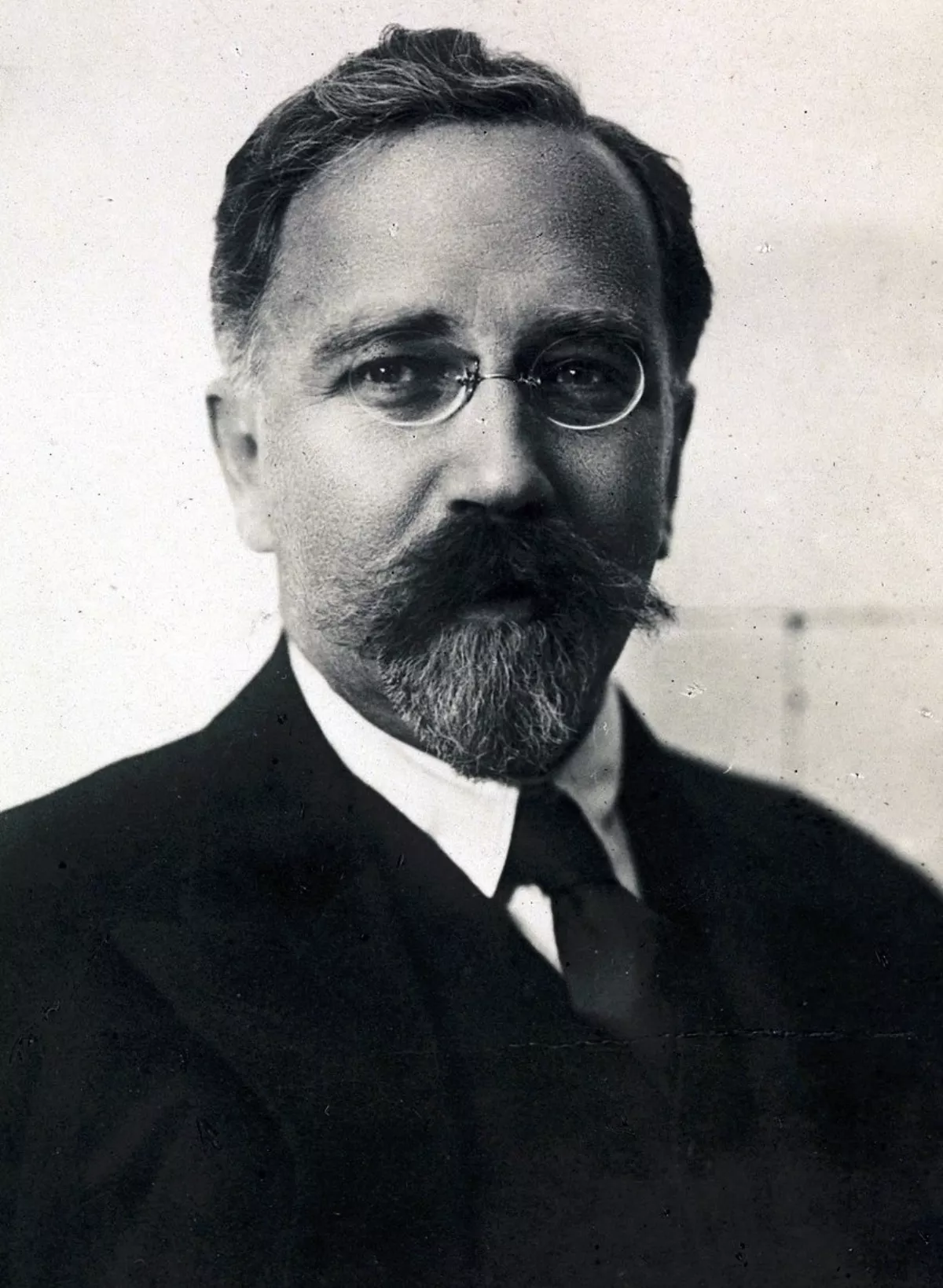 1.
1. Lev Kamenev was arrested several times and participated in the failed Revolution of 1905, after which he moved abroad and became one of Lenin's close associates.

 1.
1. Lev Kamenev was arrested several times and participated in the failed Revolution of 1905, after which he moved abroad and became one of Lenin's close associates.
Lev Kamenev returned after the February Revolution of 1917, which overthrew the monarchy, and joined Grigory Zinoviev in opposing Lenin's "April Theses" and the armed seizure of power known as the October Revolution.
In 1919, Lev Kamenev was elected as a full member of the first Politburo.
Lev Kamenev was removed from his positions in 1926 and expelled from the party in 1927, before submitting to Stalin's increasing power and rejoining the party the next year.
In 1934, Lev Kamenev was arrested after the assassination of Sergei Kirov, accused of complicity in his killing, and sentenced to ten years in prison.
Lev Kamenev was later made a chief defendant in the Trial of the Sixteen, found guilty of treason, and executed in August 1936.
When Lev Kamenev was a child, his family moved to Vilno, and then in 1896, to Tiflis, where he first made contact with an illegal Marxist circle.
Lev Kamenev joined the Russian Social Democratic Labour Party in 1901, and was arrested in March 1902 for taking part in a student protest, and, after a few months in prison, was sent back to Tiflis under police escort.
From that point on, Lev Kamenev worked as a professional revolutionary and was active in the capitals of St Petersburg, Moscow and Tiflis.
Lev Kamenev went back to London to attend the 5th RSDLP Party Congress, where he was elected to the party's Central Committee and the Bolshevik Center, in May 1907, but was arrested upon his return to Russia.
The unification attempts failed in August 1910, when Lev Kamenev resigned from the board amid mutual recriminations.
In January 1912, Lev Kamenev helped Lenin and Zinoviev to convince the Prague Conference of Bolshevik delegates to split from the Mensheviks and Otzovists.
Lev Kamenev moved to Finland when Pravda was closed, in July 1914, and was there when World War I broke out.
Lev Kamenev organised a conference in Finland Bolshevik delegates to the Duma and others, but all the participants were arrested in November tried in May 1915.
In early 1915, Lev Kamenev was sentenced to exile in Siberia; he survived two years there until being freed by the successful February Revolution of 1917.
Lev Kamenev was so embarrassed later by his action that he denied ever having sent it.
On 25 March 1917, Lev Kamenev returned from Siberian exile to St Petersburg.
Lev Kamenev formulated a policy of conditional support of the newly formed Russian Provisional Government and a reconciliation with the Mensheviks.
At the Second All-Russian Congress of Soviets, Lev Kamenev was elected Congress Chairman and chairman of the permanent All-Russian Central Executive Committee.
In late 1917, Lev Kamenev was sent to negotiate with Germany over the potential armistice at Brest-Litovsk, which finally came in the form of Treaty of Brest-Litovsk.
In January 1918, Lev Kamenev was sent to spread the revolution to Britain and France and negotiate with the countries about the potential alliance in case Germany continued its offensive against the Bolshevik regime, but after he had been in London for a week, he was arrested and deported.
In 1918, Lev Kamenev became chairman of the Moscow Soviet, and soon after that, Lenin's Deputy Chairman of the Council of People's Commissars and the Council of Labour and Defence.
In March 1919, Lev Kamenev was elected a full member of the first Politburo.
At the 14th Conference of the Communist Party in April 1925, Zinoviev and Lev Kamenev found themselves in a minority when their motion to specify that socialism could only be achieved internationally was rejected, resulting in the triumvirate of recent years breaking up.
Conversely, Russian historian Roy Medvedev stated that Trotsky "undoubtedly would have been first among Lenin's deputies" given his authority in 1922 and noted that Lev Kamenev lacked any personal desire to become Chairman upon Lenin's death.
Zinoviev and Lev Kamenev strengthened their alliance with Lenin's widow, Nadezhda Krupskaya.
The struggle became more open at the September 1925 meeting of the Central Committee, and came to a head at the XIVth Party Congress in December 1925, when Lev Kamenev publicly demanded the removal of Stalin from the position of the General Secretary.
Zinoviev was re-elected to the Politburo, but Lev Kamenev was demoted from a full member to a non-voting member, and Sokolnikov was dropped altogether.
Lev Kamenev continued to oppose Stalin throughout 1926 and 1927, resulting in his expulsion from the Central Committee in October 1927.
Lev Kamenev used the occasion to appeal for reconciliation among the groups.
Zinoviev and Lev Kamenev remained politically inactive until October 1932, when they were expelled from the Communist Party, after receiving an oppositionist group's appeal but not informing the party of their activities during the Ryutin Affair.
Lev Kamenev was charged separately in early 1935 in connection with the Kremlin Affair, in which his nephew Nikolai Rosenfeld, a Moscow thermal power engineer, was involved as a major participant.